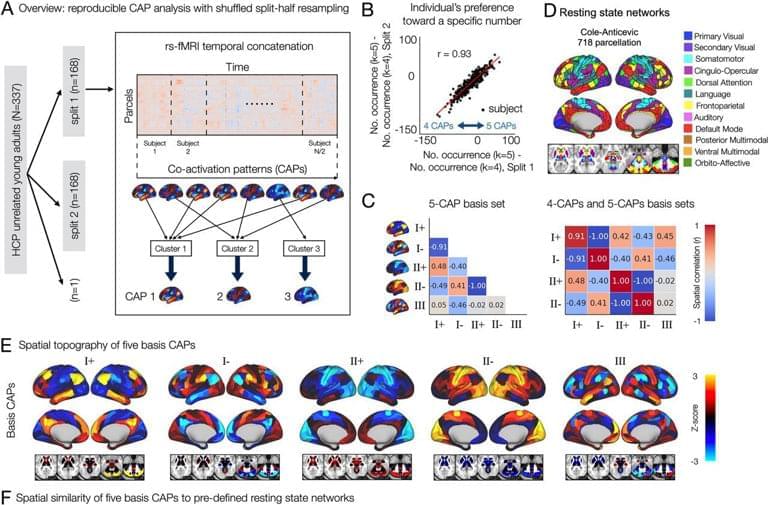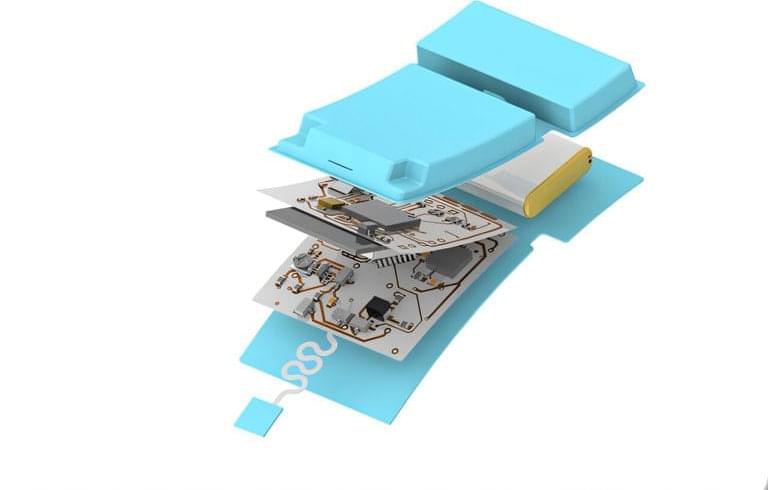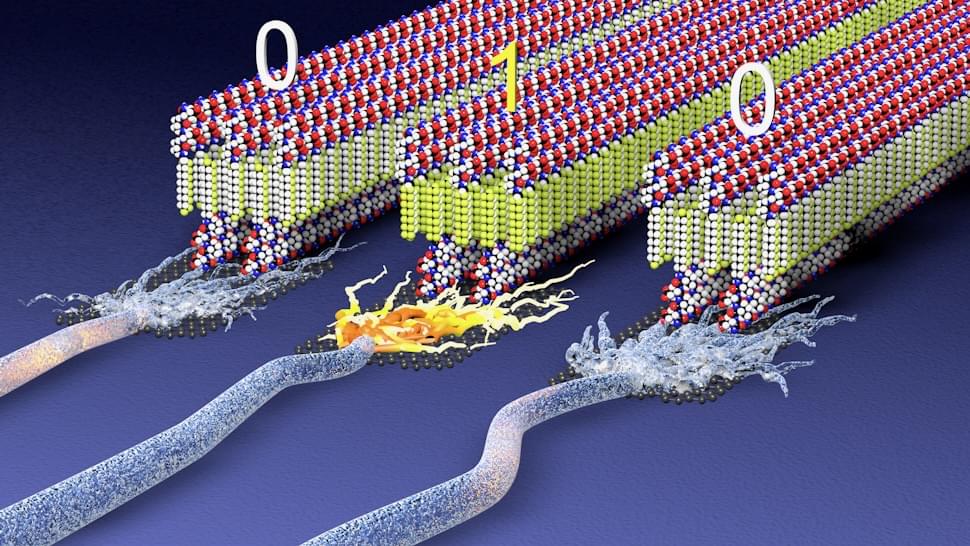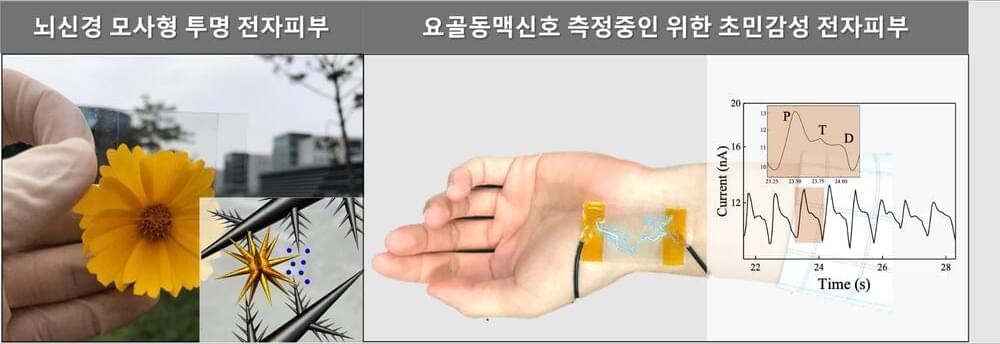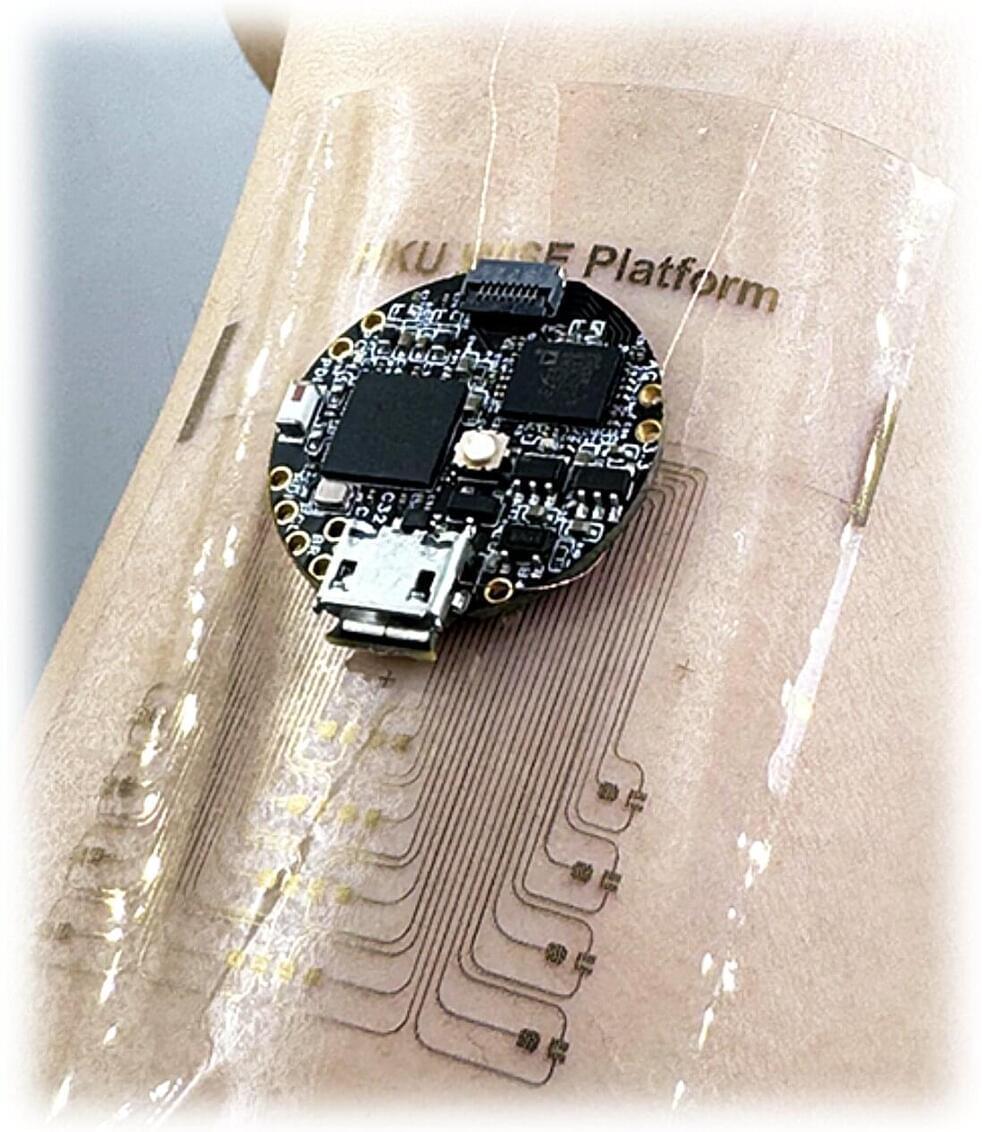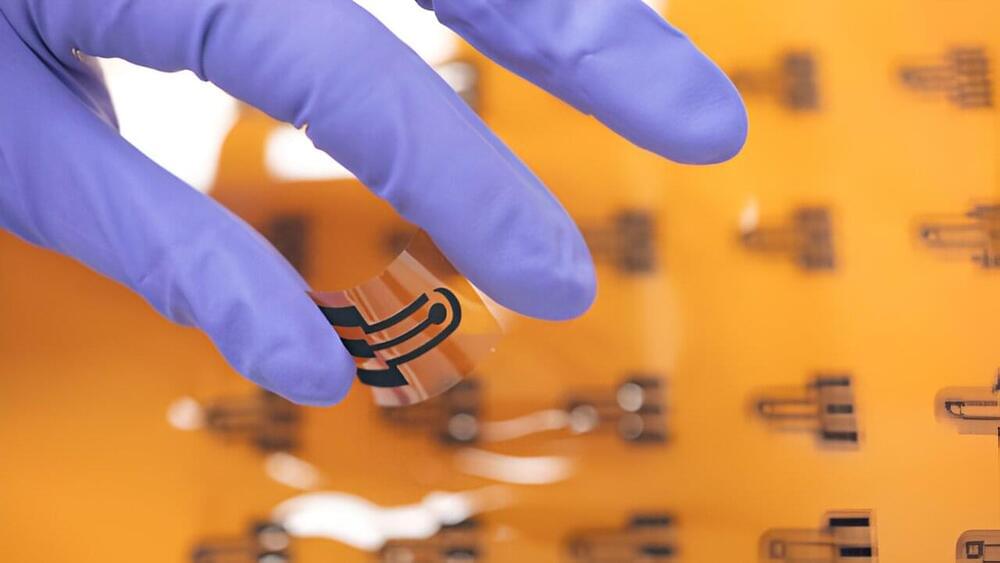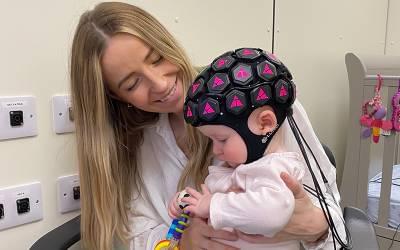Nov 1, 2024
Subcellular ‘wearable’ devices that wrap around neurons could measure and modulate electrical activity
Posted by Genevieve Klien in categories: neuroscience, wearables
Wearable devices like smartwatches and fitness trackers interact with parts of our bodies to measure and learn from internal processes, such as our heart rate or sleep stages.
Now, MIT researchers have developed wearable devices that may be able to perform similar functions for individual cells inside the body.
These battery-free, subcellular-sized devices, made of a soft polymer, are designed to gently wrap around different parts of neurons, such as axons and dendrites, without damaging the cells, upon wireless actuation with light. By snugly wrapping neuronal processes, they could be used to measure or modulate a neuron’s electrical and metabolic activity at a subcellular level.
